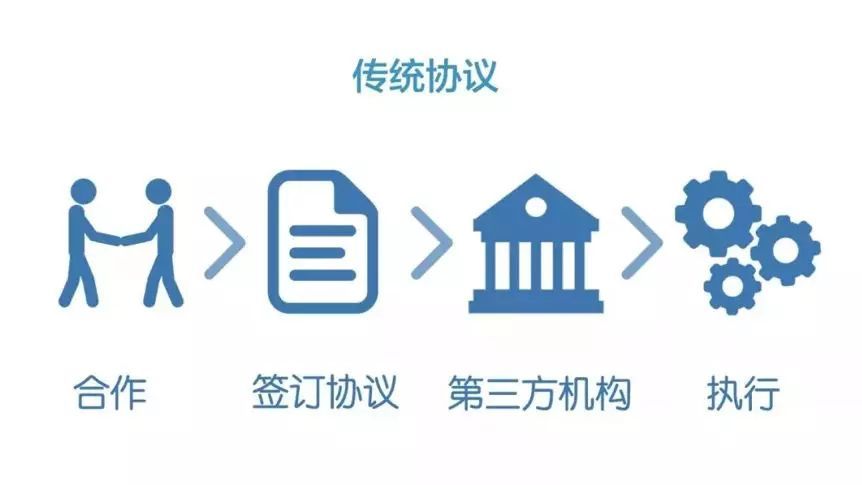- HOME
- ABOUT US
- SOLUTION
- PRODUCT CENTER
- CASE CENTER
- NEWS
- INVESTOR RELATIONS
- CONTACT US
- JOIN KENGIC
As the currency circle gradually cooled, people began to rethink the blockchain. In fact, the digital currency represented by the special currency is only a financial application of blockchain technology. The blockchain solves the problem of trust and endorsement of currency issuance, so that virtual currency has value, but digital currency is only a classic application of blockchain, and can not represent blockchain. As Ma Yun said at the first Zhibo conference in Chongqing: the blockchain is not all bitcoin (digital currency).
Blockchain is an innovative technology. Industry insiders often say that blockchain can be effectively decentralized and reduce trust costs. In fact, it is based on distributed ledger and smart contract technology. Blockchain is now the “red-hot chicken”, and it is a hit with the logistics that has been accumulated for many years and needs to be optimized. Logistics is considered to be the most likely area for the blockchain to land.
Blockchain has two characteristics, namely smart contracts and distributed ledgers.
A smart contract can be simply understood as a piece of code written on a blockchain. When a clause in a smart contract is triggered at a certain time, the code automatically replaces manual review and execution, saving manpower and time costs.
Distributed ledger is the core of effective decentralization of blockchain. It promotes peer-to-peer transactions and speeds up transaction efficiency through databases shared, replicated and synchronized between network members.
When smart contracts and distributed ledgers encounter logistics
Introducing the blockchain into logistics, enterprises want to use the distributed ledger and smart contract characteristics of the blockchain, build a trust mechanism, improve transaction settlement efficiency, reduce operating costs and other issues, and build a visual supply chain environment. In popular terms, it is to reduce costs, improve quality, and increase efficiency.
Collision between smart contracts and logistics
The supply chain often involves a large number of trading nodes, and the enterprises need to negotiate, including checking the contract terms, reviewing and approving, and then following the steps. It takes time, resources, and even third parties. The contract execution process is very cumbersome, and the more complex the contract, the more control it needs, and the greater the risk of controversy.

The biggest difference between a smart contract and a traditional contract is that it does not need to rely on a third party. After the two parties have drawn up the contract, the smart contract will start from initialization and the encryption code will be executed automatically.
The main manifestation of smart contract technology is the verification of delivery and delivery, especially in logistics and transportation scenarios. Under the state of outsourcing of logistics, it is difficult for enterprises to supervise the quality of logistics, transportation and distribution. However, under the smart contract, both parties have agreed on the transportation timeliness and delivery quality. After the agreement, both parties cannot change. As long as the logistics company fulfills the contract conditions, it will automatically deliver it.
Distributed ledger brings a shift in logistics
Realize logistics visualization management. Distributed ledgers are all companies in the supply chain, can get a shared, complete data, each company can get a complete supply chain data information from the blockchain, each node based on the corresponding consensus mechanism Together, maintain the entire chain environment, in time the nodes are invalid or the data is changed, other nodes can also work and verify. It can not only realize the visual management of logistics, but also open up data islands. It can also effectively go to the center to improve the efficiency of the supply chain.
Distributed ledgers can also build trust mechanisms. Because the data obtained by each enterprise is the same, the open data can directly reflect the information of the enterprise qualification and credit limit. In the state of distributed account book peer-to-peer transaction, the cooperation between enterprises and enterprises is not required to pass the test. Sexual cooperation, or third-party intermediary guarantee endorsement by Ali, can directly determine the strength of the enterprise through the data published on the blockchain.
The most intuitive application of distributed ledgers is in logistics. The qualification review of logistics companies, fleets, drivers, and the selection of the optimal transportation route can be made according to the needs of enterprises through the transparent and transparent data of distributed ledgers.
There are still many application scenarios for blockchain technology in logistics. For example, solving the problem of financing difficulties for SMEs and reconstructing the value chain of supply chain need to be continuously explored.
If 2017 is the incubation period of the blockchain concept, then 2018 will be the first year of the blockchain application. The blockchain has stepped out of the cradle of the currency circle, which is a technological innovation that is moving in the direction of more valuable real economy applications.
We will reply you within 24 hours